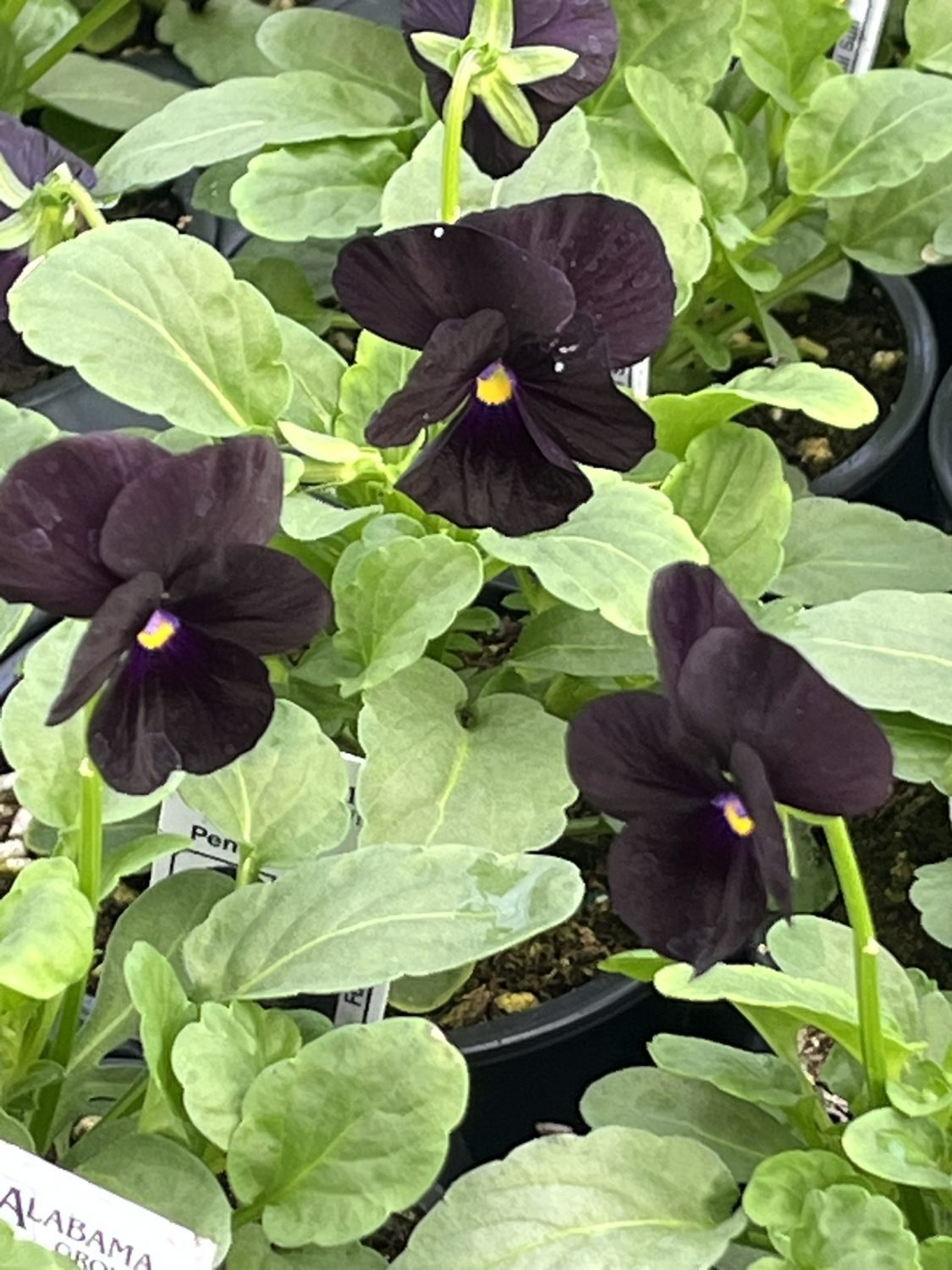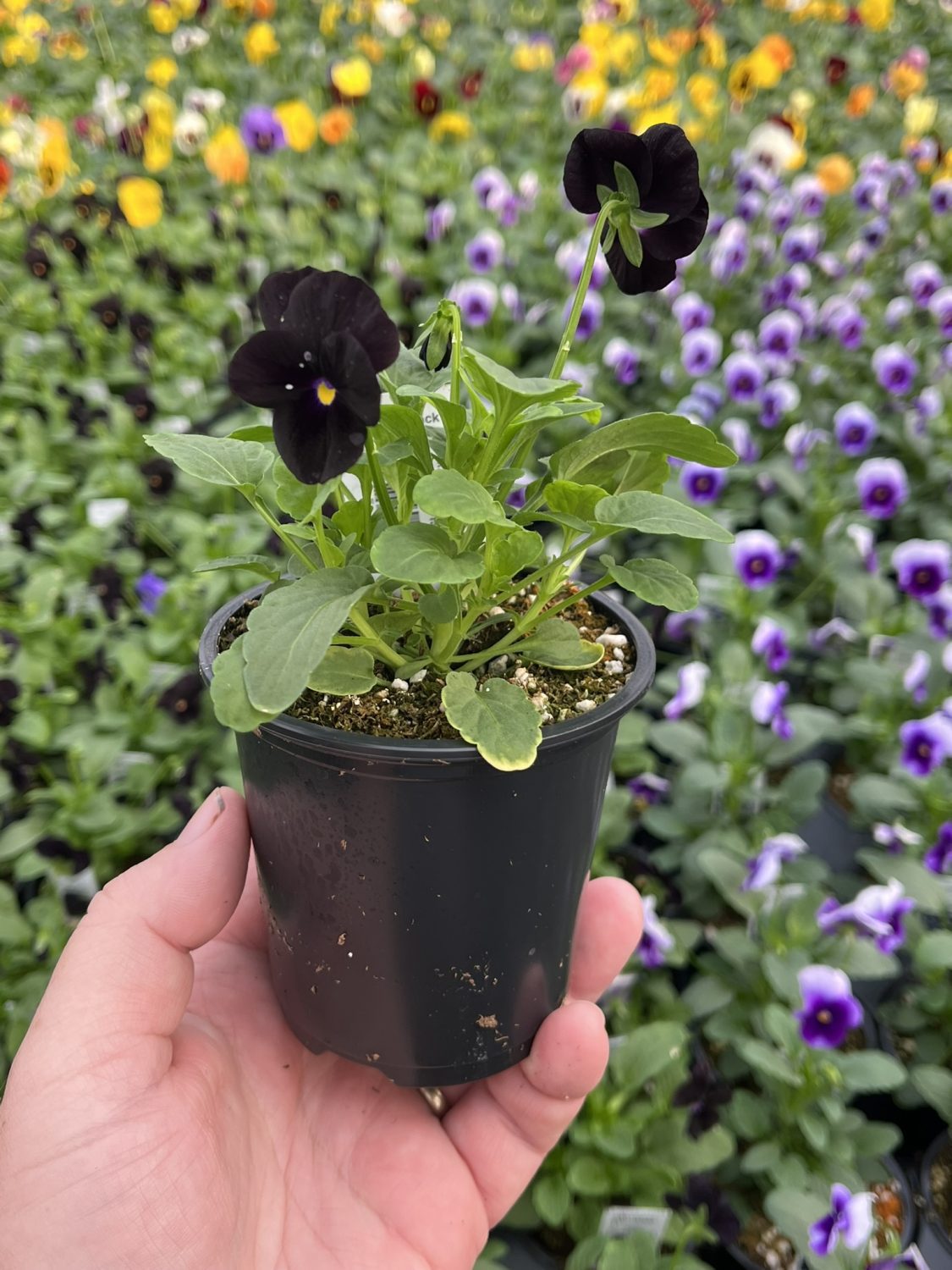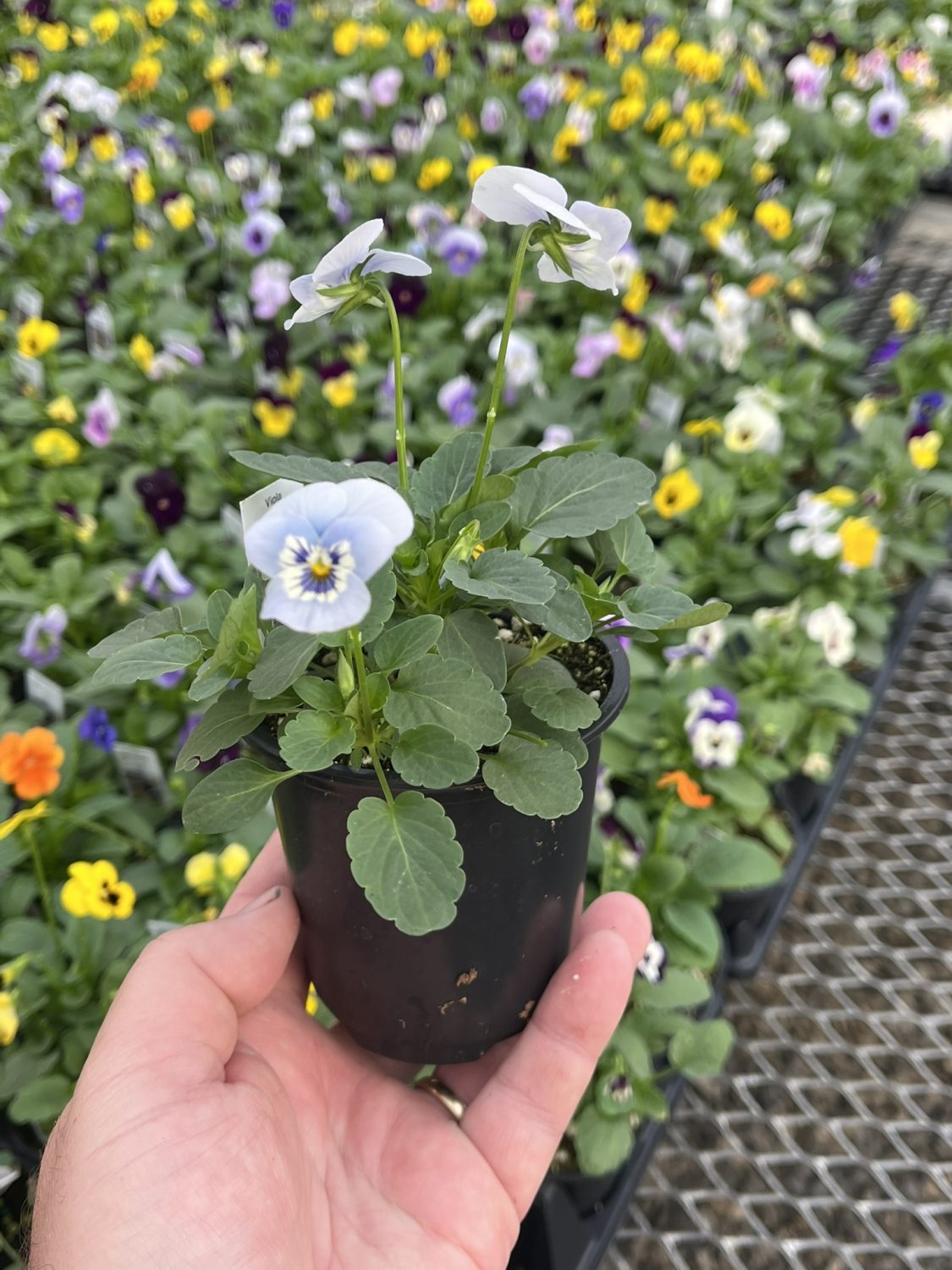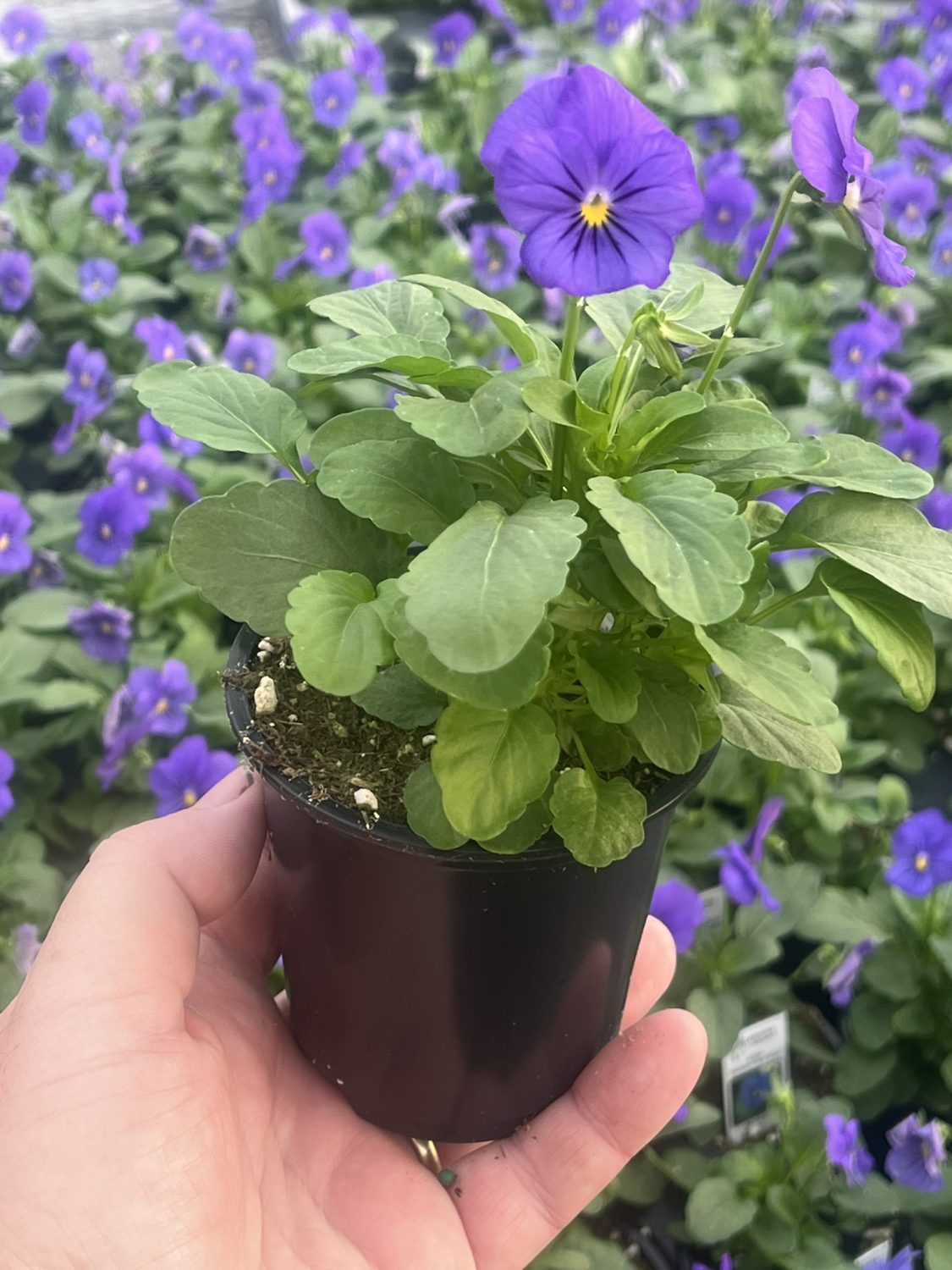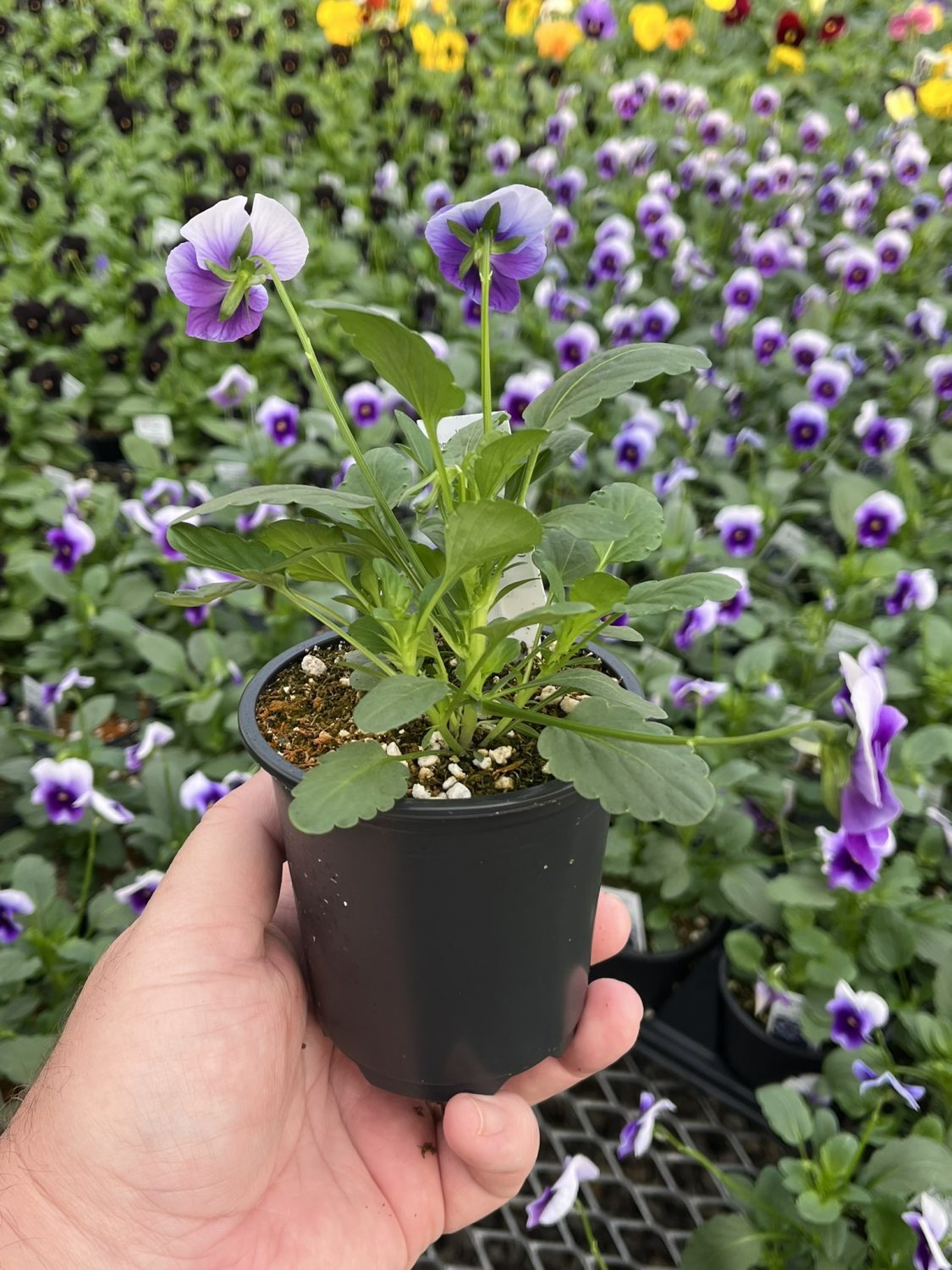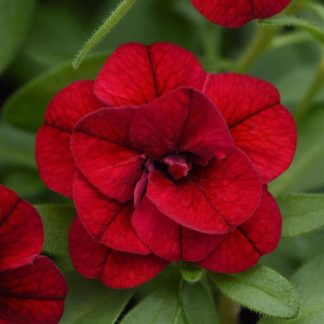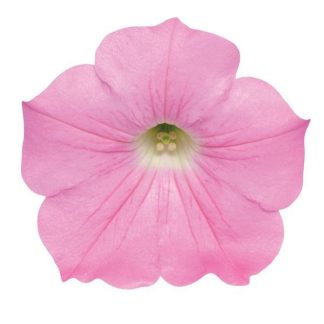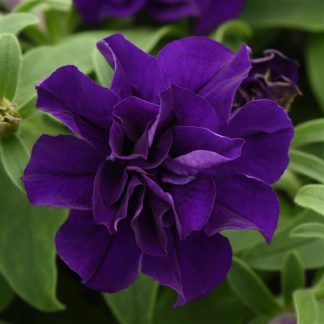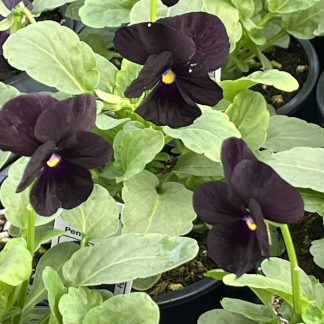Description
Viola, Black — Velvet Drama for Cool-Season Color
When you want a flower that stops people in their tracks, Viola, Black delivers. The petals look like velvet. The centers glow like tiny stars. Each bloom reads as deep espresso to ink-black, and the effect is rich, bold, and modern. In other words, it’s drama without fuss. We plant it in fall and spring. We enjoy it for months.
Below, we’ll share what makes Black Violas special, how to grow them, and how to style them so every display feels intentional. The steps are clear. The tone is friendly. And the goal is simple: more flowers, less work.
Why We Love Black Violas
- True dark color. Deep, near-black petals with a soft sheen.
- Long cool-season bloom. Fall through spring in mild zones; spring into early summer in cooler areas.
- Compact, tidy habit. Easy to place at the front of beds and in containers.
- Versatile in design. Plays well with bold brights and soft pastels.
- Easy maintenance. Quick to plant, quick to reward.
But most of all, Black Violas create contrast. They make nearby colors glow. They pull your eye to the border edge. They feel fresh on sunny days and mysterious at dusk.
Plant Profile at a Glance
Type: Cool-season annual (short-lived perennial in mild areas)
Height: 6–8 inches
Spread: 8–10 inches
Habit: Low, mounded, and dense
Bloom: Prolific in cool weather; peak in early spring
Fragrance: Light and sweet on warm afternoons
Foliage: Soft green, rounded leaves that set off the dark blooms
The plants hold their shape when given good light. They do not sprawl. After more than a few weeks, the mounds knit together into a neat, finished edge.
Where Black Violas Thrive
Sun: Full sun to part shade; in warmer climates, give afternoon shade.
Soil: Loose, well-drained, and rich in organic matter.
pH: Neutral to slightly acidic is ideal.
Water: Even moisture; never soggy.
Violas like cool roots. A one-inch mulch helps. It keeps soil moist, reduces weeds, and protects against temperature swings. Instead of fighting dry soil, you create an easy life for the plant.
Best Planting Windows by Region
- Cool and cold zones (3–6): Plant in early spring as soon as the soil can be worked. You can also plant in early fall if you protect young plants from the first hard freezes.
- Moderate zones (6–8): Plant in fall for a winter and spring show.
- Warm zones (8–10): Plant in fall for peak color in the coolest months. Provide light shade as spring heat builds.
If a hard freeze is forecast, cover new plantings with frost cloth at dusk and remove it in the morning. Simple care. Big payoff.
Step-by-Step Planting
1) Prep the bed.
Loosen the top 8–10 inches of soil. Blend in compost. Break any clods. You want a crumbly, well-aerated bed.
2) Space the plants.
Set plants 8–10 inches apart. They fill fast and form a carpet.
3) Plant level with the soil.
Do not bury the crown. Firm gently and water to settle.
4) Mulch lightly.
Add a thin layer to stabilize moisture and cool the root zone.
5) First feeding.
Incorporate a slow-release, balanced fertilizer at planting. Little nutrition up front sets the stage for steady growth.
Easy Care That Keeps Blooms Coming
Watering
Keep soil evenly moist. Let the top inch dry slightly between waterings. Containers dry faster, so check often on bright or windy days.
Feeding
Use a balanced, slow-release fertilizer at planting. Then feed lightly with a water-soluble formula every 4–6 weeks. Little and often works best.
Deadheading
Pinch off spent blooms and seed pods. This redirects energy into new buds. It takes minutes and pays off for months.
Heat management
Black petals can absorb heat in late spring. As days warm, give afternoon shade and steady moisture. In many regions, fall plantings last longest.
What Makes Black Violas Stand Out
Black Violas bring a designer look to everyday beds. The dark blooms make yellow, white, and pink partners glow. They also harmonize with silver foliage and blue blooms. The effect is crisp and curated. Instead of noise, you get clarity. After more than one season, many gardeners make them a signature color because they elevate everything around them.
Design Ideas You Can Copy Today
1) High-contrast spark
Pair Black Viola with white alyssum, white pansies, or white tulips. The contrast is clean and bright from a distance. It reads as elegant up close.
2) Jewel-toned drama
Mix with magenta dianthus, orange violas, and cobalt lobelia. The black flower acts like a shadow line. The colors feel saturated and bold.
3) Silver-and-ink
Combine with dusty miller, lamb’s ear, and licorice plant. Add a few Black Violas at the front edge. The bed becomes soft and moody, perfect for evening paths.
4) Underplant bulbs
Tuck Black Violas around daffodils and grape hyacinths. As bulb foliage fades, the violas keep the display fresh. In other words, no awkward gaps.
5) Statement containers
Use a charcoal pot or matte black bowl. Plant 3 Black Violas with a trailing ivy and a small grass for height. The look is modern and simple.
Companion Plants That Play Nice
- Spring bulbs: Daffodils, tulips, hyacinths, muscari
- Cool-season annuals: Pansies, snapdragons, nemesia, stock, sweet alyssum
- Edible accents: Curly parsley, chives, red lettuce, kale (ornamental or edible)
- Foliage foils: Heuchera (silver or lime), dusty miller, festuca, lamium
These partners share the same needs: cool temps, even moisture, gentle feeding. They also let the black blooms do the talking.
Growing in Pots, Steps, and Railings
You do not need a large bed to enjoy these plants. A sunny step is enough.
- Choose a pot with a drainage hole.
- Fill with a high-quality potting mix.
- Plant 3 plants per 12-inch bowl for a full look.
- Water when the top inch feels dry.
- Rotate the pot weekly so all sides see the sun.
That’s it. Simple steps. Happy plants.
Edible Flower Note
Many violas are used as edible garnishes. If you plan to use petals in salads, desserts, or drinks, grow them in clean soil and avoid non-edible sprays. Rinse gently. Use fresh. If you grow for looks only, enjoy the velvet show and skip the plate.
Quick Answers to Common Questions
How much sun do we need?
Full sun in cool weather. Part shade as heat builds. In warm zones, aim for morning sun and afternoon shade.
How often should we water?
Keep even moisture. Pots dry quickly, especially on breezy days. Check with a fingertip every day or two.
Do we need to deadhead?
Yes. Pinching keeps flowers coming and prevents seed set.
Will Black Violas reseed?
Sometimes. If you let pods mature, you may see volunteers next season.
Are they deer resistant?
They are not a top pick for deer, but hungry deer will sample almost anything. Use covers or repellents if pressure is high.
Troubleshooting Made Simple
Leggy growth
Usually low light or warmth. Move to more sun or pinch lightly to shape.
Few flowers
Often heat, heavy nitrogen, or skipped deadheading. Add light shade, switch to balanced feeding, and remove spent blooms.
Yellowing leaves
Usually soggy soil or poor drainage. Loosen the bed and let the top inch dry between waterings.
Aphids or mites
Rinse with a sharp spray of water. Repeat in a few days. Keep plants unstressed with steady care.
How Many Plants to Order
- Edging: 3–4 plants per linear foot
- Mass bed: 5–7 plants per square yard
- Containers: 3 plants per 12-inch bowl; 5–6 for a 24-inch window box
This spacing gives that lush, carpeted look we all want. Instead of gaps, you get full color fast.
Simple Care Calendar
At planting: Compost, slow-release feed, water to settle.
Weekly: Check moisture; deadhead blooms.
Every 4–6 weeks: Light water-soluble feeding.
Before heat waves: Add afternoon shade if possible; refresh mulch to cool roots.
Before hard freezes (new plantings): Cover at night, uncover in the morning.
Clip this list. It keeps you on track through the season.
Sustainability Notes We Value
Black Violas thrive in shoulder seasons. That means fewer hot-weather water demands and color when beds are often bare. They also support early pollinators. Instead of waiting for summer, you give bees a snack and your garden a glow. That’s a win for all of us.
Why Black Violas Belong With Us
We choose plants that work hard and look good. Viola, Black does both. It turns simple borders into statements. It makes companions shine. It keeps its tidy shape and blooms in cool weather when color is scarce. After more than one season, you may decide that black is not just a color—it’s a style. We feel that way, too.
Bring Home the Velvet Glow
Ready to plant a little mystery? Let’s set Viola, Black into your beds and bowls—deep petals, steady bloom, and easy care. Small mounds. Big impact. Midnight Petals, Daylight Pop.

